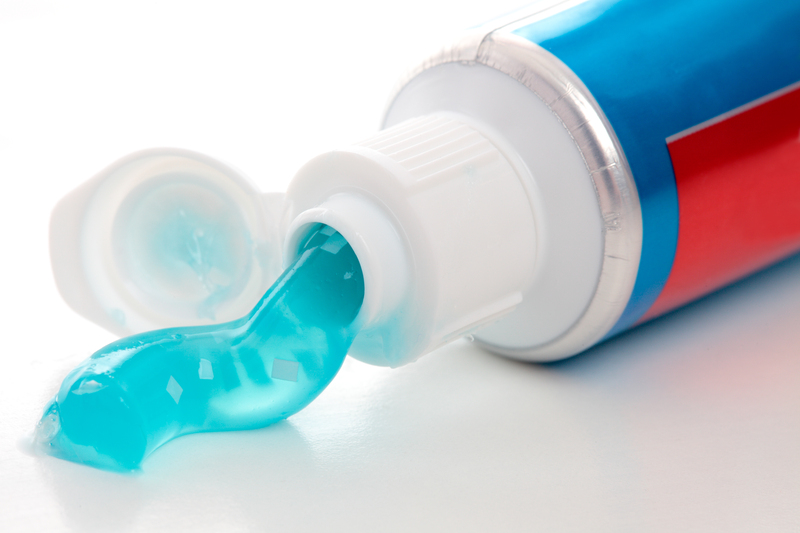Dishwasher Cleaning Made Easy: 3 Steps
Posted on 13/02/2025
Your dishwasher works tirelessly to ensure your dishes come out sparkling clean after every wash cycle. While it's designed to handle this task effectively, over time, it can accumulate food particles, grease, soap scum, and other residues. If left unattended, this buildup can lead to unpleasant odors, reduced efficiency, and even mechanical issues. Therefore, regular cleaning is essential to maintain its optimal performance and extend its lifespan.
Step 1: Cleaning the Interior
The first step in your dishwasher cleaning routine should be tackling the interior. Here's how you can do it:
Empty the Dishwasher
Ensure there are no dishes inside. Remove any racks or utensil holders to allow for a thorough clean.
Check for Debris
With the racks and holders removed, inspect the bottom of the dishwasher. Food particles, small debris, and potential blockage might be present around the drain. Use a paper towel or cloth to remove any visible debris.
Scrub the Walls and Door
Use a mixture of warm water and mild dish soap. Dip a soft cloth or sponge into this solution and gently scrub the walls, door, and rubber seals. For stubborn stains or residue, a toothbrush can be handy for detailed scrubbing, especially around the crevices.
Clean the Filters
Many dishwashers have a removable filter that catches larger food particles. Check your user manual on how to safely remove it. Rinse it under hot running water, using a soft brush if necessary to remove any greasy residues. Make sure to reassemble it properly once cleaned.

Step 2: Descaling and Deodorizing
After cleaning the interior, the next focus is on descaling and deodorizing to ensure your dishwasher smells fresh and operates efficiently.
Using Vinegar for Descaling
Place a cup filled with white vinegar on the top rack of your empty dishwasher. Run a hot water cycle. The vinegar works to break down grease and limescale buildup, ensuring internal components remain clean and functional.
Deodorizing with Baking Soda
Once the vinegar cycle is complete, sprinkle a cup of baking soda throughout the bottom of the dishwasher. Run a short cycle with hot water. Baking soda helps neutralize odors and leaves your dishwasher smelling fresh.
Optional: Using Commercial Cleaners
There are various dishwasher cleaning products available on the market designed to descale and deodorize. These can be convenient and effective. Follow the manufacturer's instructions if you opt for this method.
Step 3: Cleaning the Exterior
Don't forget the exterior of your dishwasher, as keeping it clean enhances both hygiene and aesthetics.
Wiping Down the Outside
Use a soft cloth and a mild solution of dish soap and water to wipe down the exterior surfaces, including the door, control panel, and handles. For stainless steel finishes, consider using a stainless steel cleaner or vinegar to avoid streaks and fingerprints.
Cleaning the Buttons and Knobs
Using a damp cloth, wipe down the buttons or knobs gently. If grime has accumulated around these areas, a toothbrush can help clean between the crevices without causing damage.
Inspecting for Damage
While cleaning the exterior, inspect for any signs of damage, such as cracked seals or rust. Addressing these issues promptly can prevent bigger problems down the line.

Tips for Maintaining a Clean Dishwasher
Regular maintenance is key to keeping your dishwasher in good condition. Here are a few tips:
- Rinse Dishes Before Loading: Although dishwashers are designed to handle dirty dishes, rinsing off large food particles can prevent clogs and buildup.
- Avoid Overloading: Overloading can obstruct water flow and reduce cleaning efficiency. Ensure that dishes are placed properly and there's enough space for water and detergent to circulate.
- Use the Right Detergent: Use dishwasher-specific detergents and avoid dish soap meant for handwashing, as it can create excessive suds and cause malfunctions.
- Run Hot Water Before Starting a Cycle: Run the hot water tap in your kitchen sink before starting the dishwasher. This ensures that the dishwasher starts with hot water, enhancing cleaning performance.
- Regular Inspections: Make it a habit to inspect the spray arms, gaskets, and filters regularly. Cleaning or replacing these parts as necessary can prevent minor issues from turning into major problems.
Conclusion
A clean dishwasher is vital for efficient performance, longevity, and hygiene. By following these three steps--cleaning the interior, descaling and deodorizing, and maintaining the exterior--you can ensure that your dishwasher remains in top condition. Incorporating these practices into your routine will not only keep your appliance running smoothly but also ensure your dishes come out cleaner and your kitchen remains free from unpleasant odors.

 Company name:
Company name:  Telephone:
Telephone:  Opening Hours:
Opening Hours:  Street address:
Street address:  City:
City:  E-mail:
E-mail:  Web:
Web:  Description:
Description: 







